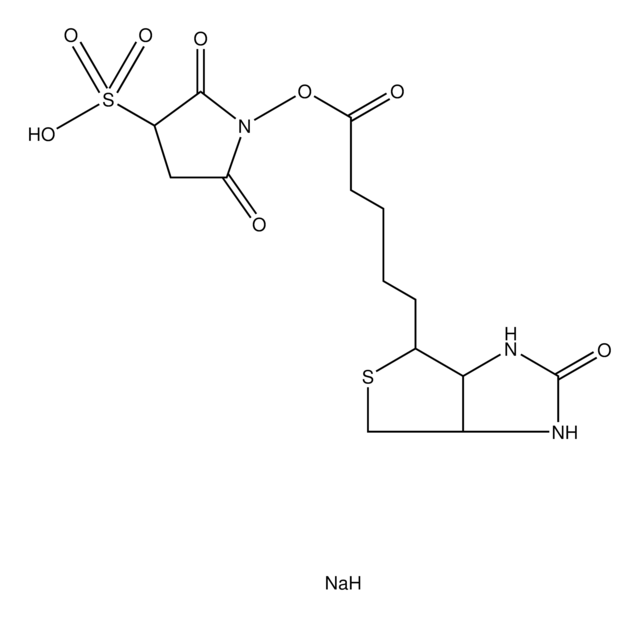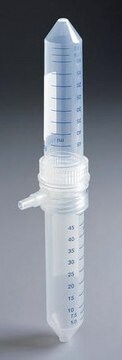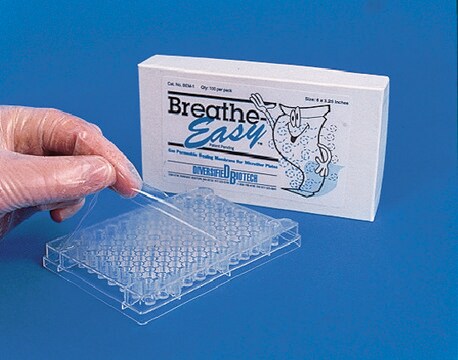C0992
Monoclonal Anti-Cy3/Cy5 antibody produced in mouse
clone CY-96, purified from hybridoma cell culture
Sinónimos:
Monoclonal Anti-Cy3/Cy5, Cy3 Antibody, Cy3 Antibody - Anti-Cy3/Cy5 antibody, Mouse monoclonal
About This Item
Productos recomendados
biological source
mouse
Quality Level
conjugate
unconjugated
antibody form
purified from hybridoma cell culture
antibody product type
primary antibodies
clone
CY-96, monoclonal
form
buffered aqueous solution
concentration
~1.5 mg/mL
technique(s)
direct ELISA: suitable
dot blot: 1-2 μg/mL using cell protein extracts labeded with Cy3 or Cy5
immunocytochemistry: suitable
immunoprecipitation (IP): suitable
microarray: suitable
isotype
IgG2a
shipped in
dry ice
storage temp.
−20°C
target post-translational modification
unmodified
¿Está buscando productos similares? Visita Guía de comparación de productos
General description
Specificity
Immunogen
Application
- immunofluorescence
- western blot
- dot blot
- enzyme linked immunosorbent assay (ELISA)
- immunoprecipitation
- immunocytochemistry
- protein microarrays
- In in situ hybridization
Immunofluorescence (1 paper)
Biochem/physiol Actions
Physical form
Disclaimer
¿No encuentra el producto adecuado?
Pruebe nuestro Herramienta de selección de productos.
Storage Class
10 - Combustible liquids
wgk_germany
WGK 3
flash_point_f
Not applicable
flash_point_c
Not applicable
ppe
Eyeshields, Gloves, multi-purpose combination respirator cartridge (US)
Elija entre una de las versiones más recientes:
¿Ya tiene este producto?
Encuentre la documentación para los productos que ha comprado recientemente en la Biblioteca de documentos.
Nuestro equipo de científicos tiene experiencia en todas las áreas de investigación: Ciencias de la vida, Ciencia de los materiales, Síntesis química, Cromatografía, Analítica y muchas otras.
Póngase en contacto con el Servicio técnico








